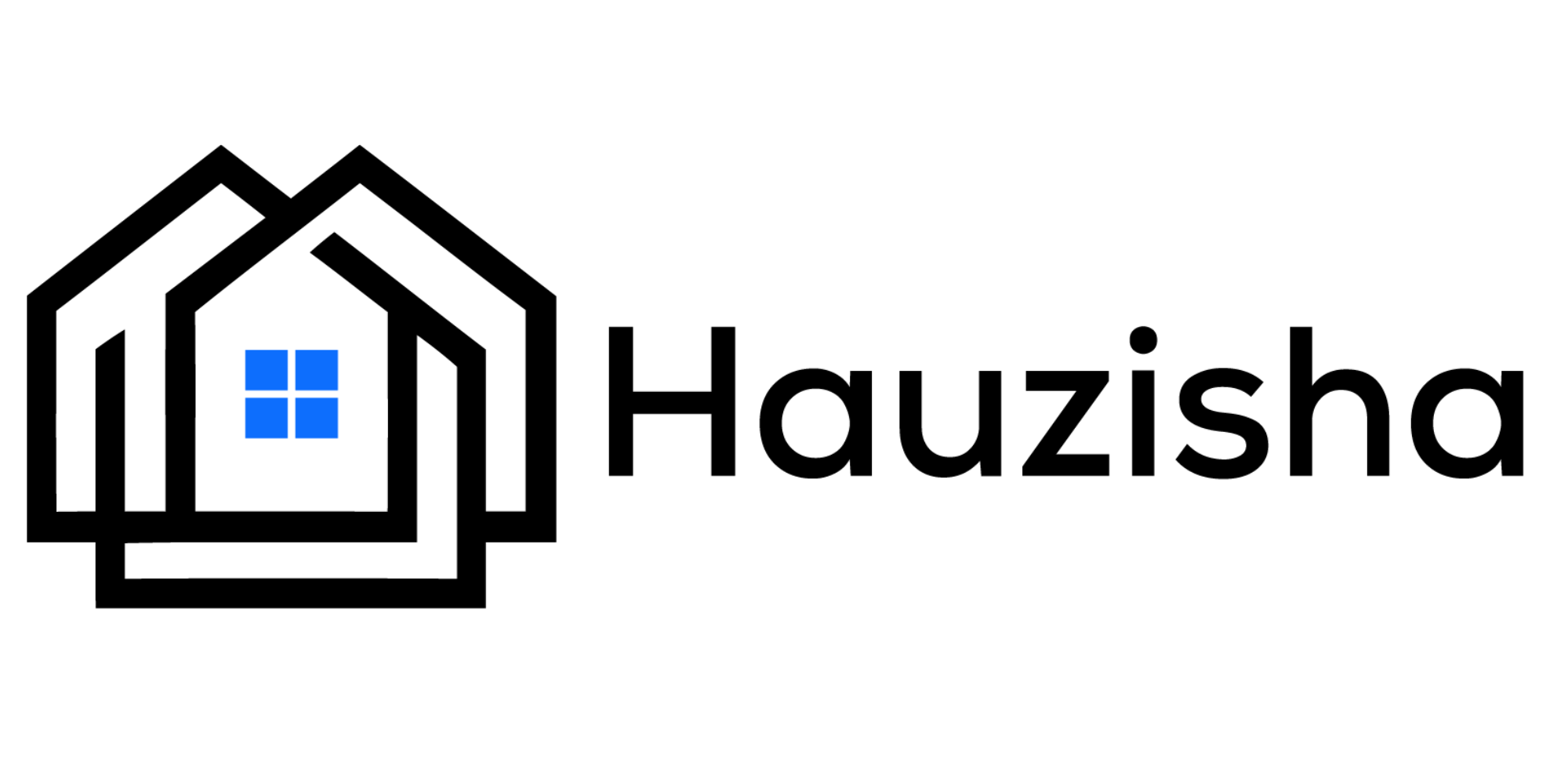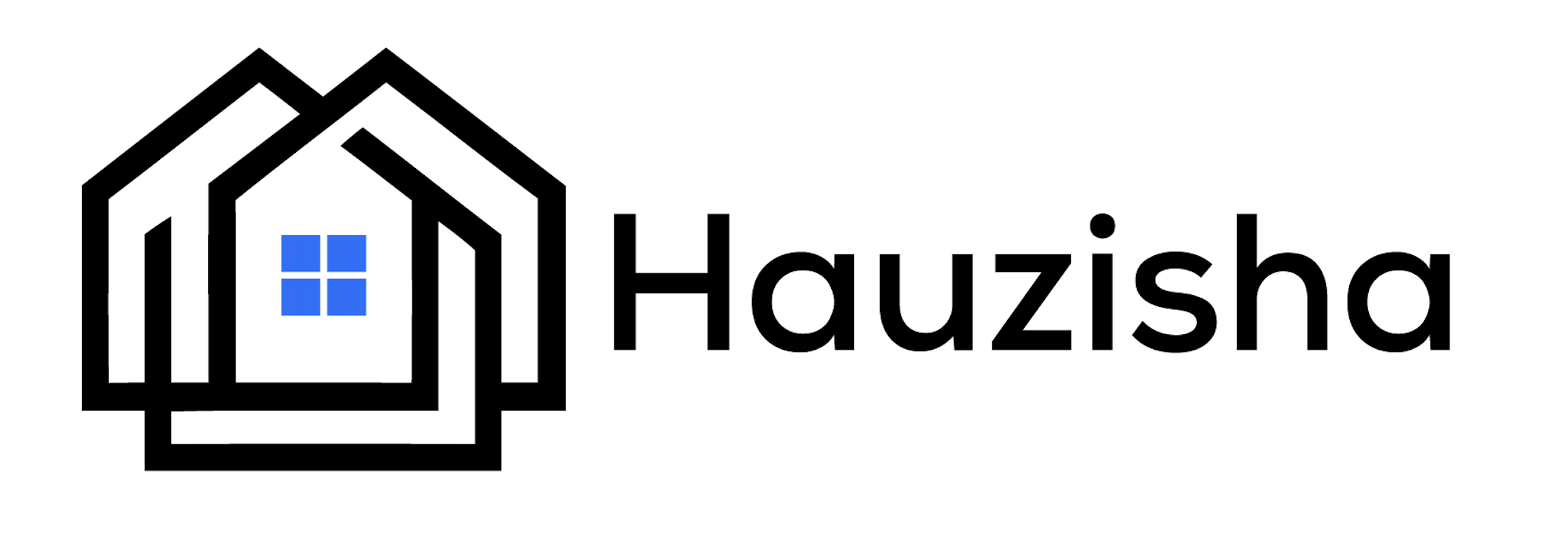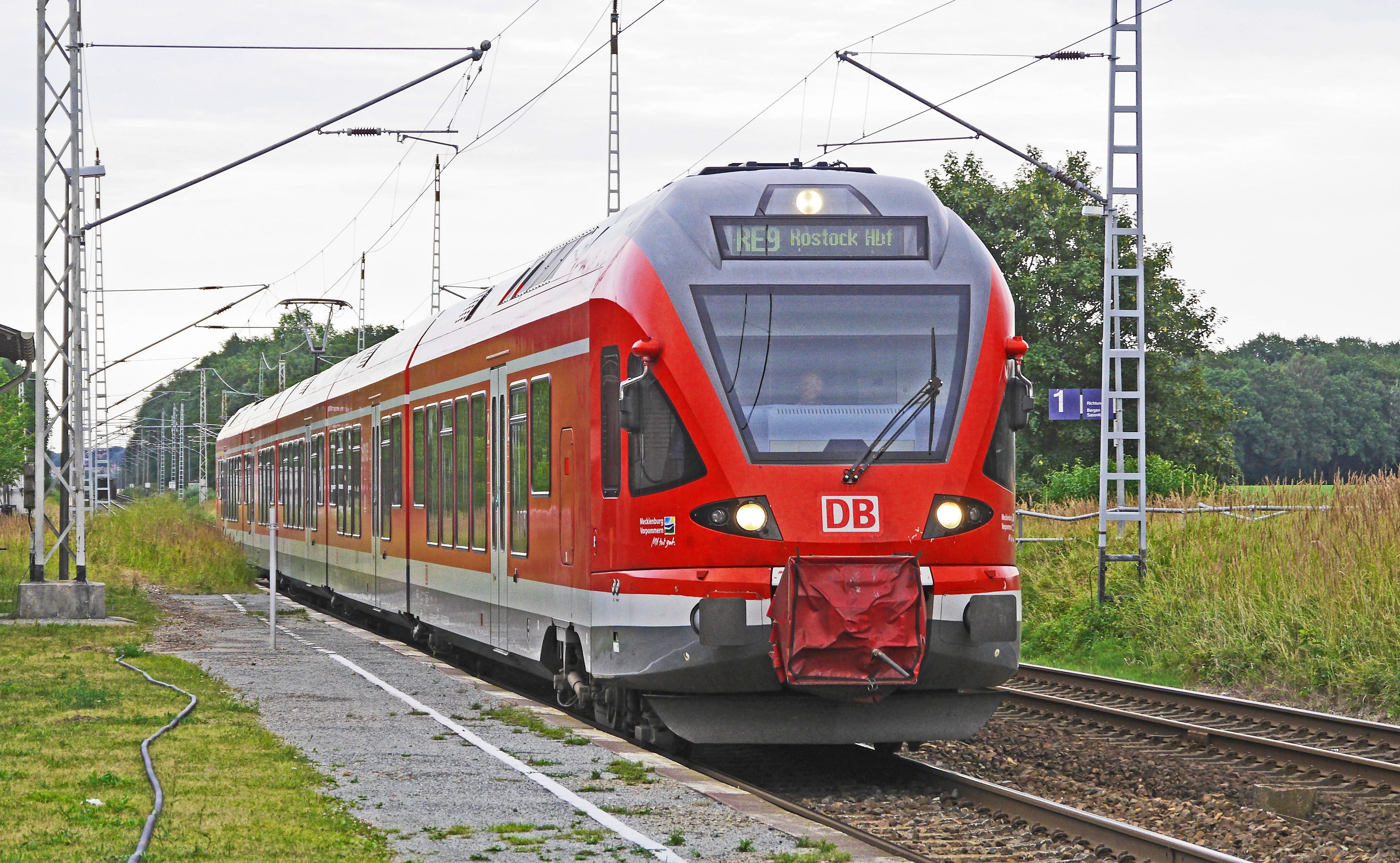Key Takeaways
- The train has both an online and physical booking system available for travelers.
- There are thorough security checks at the termini as well as rules and regulations for all passengers to follow.
- Transport from the termini to the two cities involves making additional arrangements and pick-up should be organized in advance.
- The train has inter-county stops for those seeking to reach towns like Voi and Mtito Andei. Passengers can also choose to take the Express train to save some time.
- Ticket prices differ for passengers depending on the ticket class and the age of the travelers. Group bookings are also available.
Introduction
The Standard Gauge Railway (SGR) in Kenya was built to replace the older train that connected Uganda and Kenya. The SGR trains have grown very popular with commuters moving across counties in Kenya. It is very efficient, moving between cities in just a matter of hours, and always in a timely fashion. Additionally, it takes a lot less time than road transport, and incorporates cargo shipment as well. However, the train is still fairly new and many people have questions about details like ticket prices and train schedule. These and more questions are covered below.
Budget and Construction
The SGR train was a government project launched in 2017. It was partially funded by the Export Import Bank of China, which catered for the largest percentage of the costs. The rest of it was covered by the Kenyan Government. The primary contractor was the China Road and Bridge Corporation, but the project also included many Kenyans in the construction process. It was launched on the 31st of May in 2017, and transported the first fare-paying passengers on the 1st of June in the same year. Meanwhile, freight services began in January of 2018.
Each station is built using very unique architecture that symbolizes what the particular location is known for. For instance, the Mombasa Station is shaped as concentric circles around a tower to represent the ripples of the ocean, seeing that Mombasa is a coastal city in the Indian Ocean. The Mtito Andei Station mimics sloping hills to represent the Chyulu Hills. The Miasenyi station has brown and white stripes based on the stripes of zebras in the area.
Movement between Nairobi and Mombasa
The train has two main termini, the Nairobi Terminus in Syokimau and the Mombasa Terminus in Miritini. Commuters who plan on using the train should account for additional distance from the termini to the actual cities. Syokimau is about 20 kilometers from Nairobi, while Miritini is 11.8 kilometers from Mombasa. It is wise to have some form of transport arranged to get from the termini to the cities. You can use private means of transport, or take a cab or a motorbike ride. Either way, be aware of your options and make sure you have confirmed that they are available.
SGR Inter – county Stations
The SGR was designed to provide a convenient way for passengers to move between counties from Nairobi to Mombasa. As such, it has stations between the two terminals. Namely, the train moves from the Nairobi terminal, to the Athi River, Emali, Kibwezi, Mtito Andei, Voi, Miasenyi, Mariakani, and finally the Mombasa Terminus. As an interesting point to note, you can get to Kilifi County using the SGR train by alighting at the Mariakani Station and heading to Kilifi Town, or Malindi.
SGR vs other Modes of Transport
You may be curious as to why passengers opt for the train, while they could use public buses for road transport, or take a flight. The SGR train is much faster than road transport, and relatively safer. It is also more efficient to use, especially because public buses may not have washroom facilities or air conditioning, or even food and drinks for sale. Thanks to the strict luggage rules, whatever passengers can carry as they travel is highly regulated. The SGR is also a lot more affordable than booking a flight to Nairobi or to Mombasa. Those on a budget can save their coins and pay for a train.
Arrival at the terminus
When you are planning to take the SGR train from Nairobi to Mombasa, be sure to get to the Syokimau terminus in time. The train leaves punctually and you risk getting left if you are late. Commuting from Nairobi city to Syokimau involves using Mombasa Road which often experiences early morning traffic. Commuters using this route may take longer to arrive at their destinations. To avoid this, leave Nairobi as early as possible in the morning and get to the terminus before the morning traffic begins. You might have to wait longer at the terminus, but it is a much better alternative than missing the train.
Security checks and the boarding process
The SGR terminus is designed with heavy security and very thorough luggage checks. There are sniffing dogs before you enter the terminus to check your luggage for any potentially harmful substances. You can expect a thorough search of your bags, as well as security checks on your person by the members of staff. Carry your national identification card, or your passport, along with your printed ticket for the boarding process. If you booked your ticket online, ensure you can provide proof for verification, otherwise you will be delayed or prevented from boarding the train altogether.
Remember to adhere to the rules, especially when it comes to COVID-19 and the Ministry of Health measures put in place to ensure that passengers travel smoothly. Wear a mask at all times and carry an extra one in case you need a replacement. Stick to the distance regulations and avoid crowding or being too close to other passengers. To top it all off, sanitize or wash your hands regularly with soap and water and avoid touching your face.
SGR Train Schedule from Nairobi to Mombasa
Before you plan your travels, you need to understand how the trains are scheduled to move between Nairobi and Mombasa, as well as the timelines. There are two train options, the Express train, and the Inter-county train. Both of these trains move in both directions daily. The inter-county train leaves the Nairobi Terminus at 8am and arrives at 2pm. It also leaves the Mombasa Terminus at 8am daily, and reaches Nairobi at 2:15pm. The Express trains are a bit faster because they do not stop at the various stations, even though they only depart in the afternoon. The Express train leaves Nairobi at 3pm and arrives in Mombasa at 8:15 pm. Similarly, the Express train leaving the Mombasa Terminus departs at 3pm and reaches Nairobi at 8:15 pm.
Booking an SGR Ticket
Buying a ticket at the SGR terminus is always an option for commuters. However, the slots tend to get booked very fast and you may not always get a ticket if you want to buy one just before the train leaves. Therefore, booking one in advance is the smartest option. There are a number of booking options available, starting with the SGR website itself.
Visit the Kenya Railway Corporation website and select online booking as your method of choice. The process is fast and efficient, and you are guaranteed to get your ticket in a secure and safe way, as opposed to booking using an agent for instance. Additionally, you can choose from a number of payment options to complete your purchase, namely an Mpesa transfer where you input your Mpesa PIN, or via the SGR Paybill. Even better, cancellation is easy as well. To many travelers, this is the best way to get their SGR tickets.
There is also the option of mobile booking via your mobile network provider. Here, you use a USSD code by dialing *639# and following the prompts, then completing the payment via Mpesa. Using the USSD code method, one can buy up to 5 tickets per transaction. This booking method is available 24/7. For those with the new Mpesa App from Safaricom, you can use the application to purchase SGR tickets directly. Do this by launching the Mpesa App on your phone, then heading to the tab named “Discover”. Scroll down the icons until you see the Madaraka Express logo and click on it to start the booking process. You will need to input your travel date, type of train, as well as your date of travel.
Briefly, the available SGR booking options are as follows:
- Online booking via the SGR website
- Using the *639# USSD Code on your mobile phone
- Using the Safaricom Mpesa App
- Buying tickets over the counter using cash only
When booking in advance, you can book as early ahead as 60 days for individual bookings, and as early as 62 days for group bookings. If you want to buy your ticket over the counter, note that you can only use cash, and it has to be in the local currency. This detail is especially important for foreign travelers who might need to convert their money into Kenyan shillings before getting to the booking counter.
Ticket pricing and seats
The SGR train offers first class tickets, and then second class tickets. Children below the age of three travel for free, while children between the ages of 3 and 11 are charged less than adults. An adult ticket in first class costs Kshs 3000, while a similar one in second class costs Kshs 1000. Tickets for children between the ages of 3 and 11 cost Kshs 1500 in first class, and Kshs 500 in second class. You can only book a one-way ticket since the SGR website does not offer round trip tickets.
Key differences between paying for first class tickets as opposed to second class tickets is that travelers use a different boarding lounge if they have first class tickets. Also, there are fewer seats in first class and they all face forward. This arrangement is different from second class coaches where seats face each other and allow for less privacy than first class. Travelers in first class can also expect faster services because the members of staff are attending to less people than those in second class.
Facilities
Facilities for the SGR in both classes include washrooms, as well as foods and drinks for sale. Those in first class seats also get charger ports for their phones and other mobile devices. Soon after the launch of the train, passengers could carry their own food as opposed to buying snacks and drinks on board, but that is no longer the case. Travelers may find the food relatively more expensive than the prices they would pay at the supermarket, for instance. However, the food is conveniently accessible and you can also buy alcoholic beverages.
The train moves at about 100 kilometers per hour, thus its fast arrival between the two cities. However, this fast rate is not perceivable while you are on the train, and you can expect a smooth trip. The train is also air-conditioned and there are counter tops available if you need to place any food. The train also has clean and well-maintained washrooms that you can use throughout the trip. Members of staff in the train are always ready to help you in case you need to ask about food, or directions. You can enjoy a view of wild animals like zebras as the train passes through the Tsavo National Park. All in all, expect a scenic view and timely arrival.
Summary
Taking the SGR train is a pretty straightforward process, once you have grown accustomed to the commute. However, the mode of transportation is relatively new and can be daunting to first-time travelers. As long as you keep all the rules in mind, you should be able to enjoy a smooth trip. This article covers all the fundamentals of what you need to know in advance, and what you can expect to experience during the trip. You might also find it helpful to watch videos of trips from other commuters if you want a clearer picture of the SGR travel experience.



